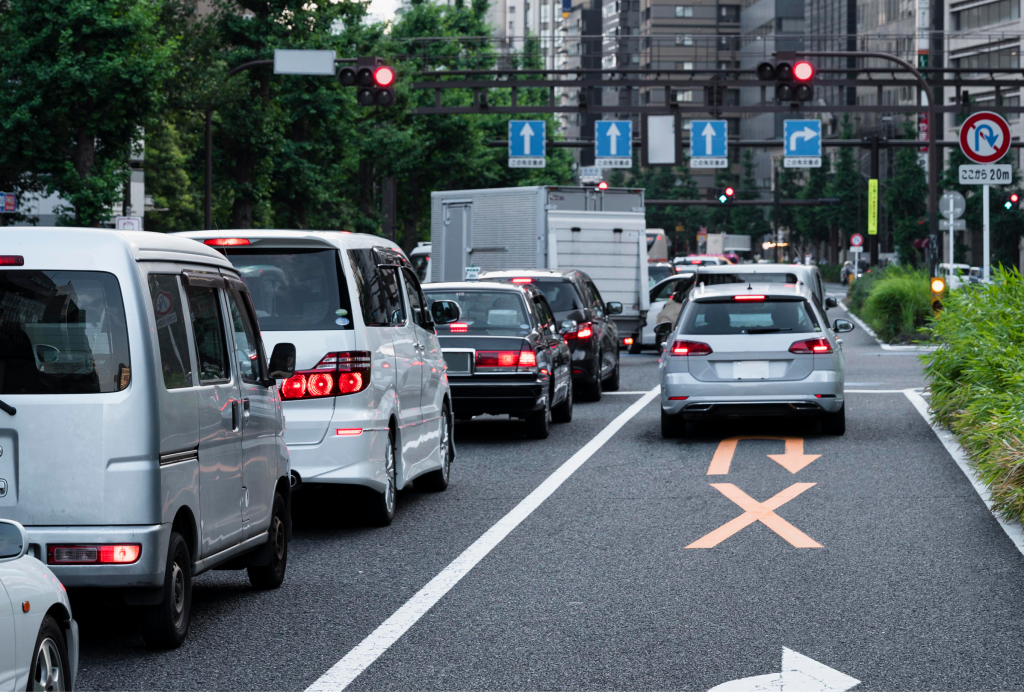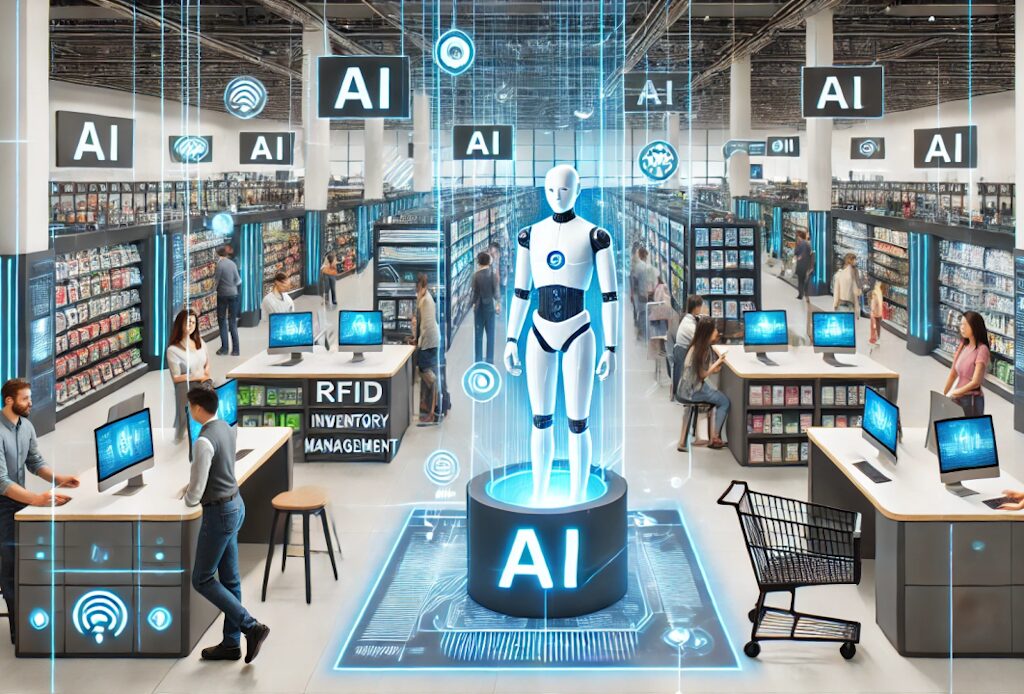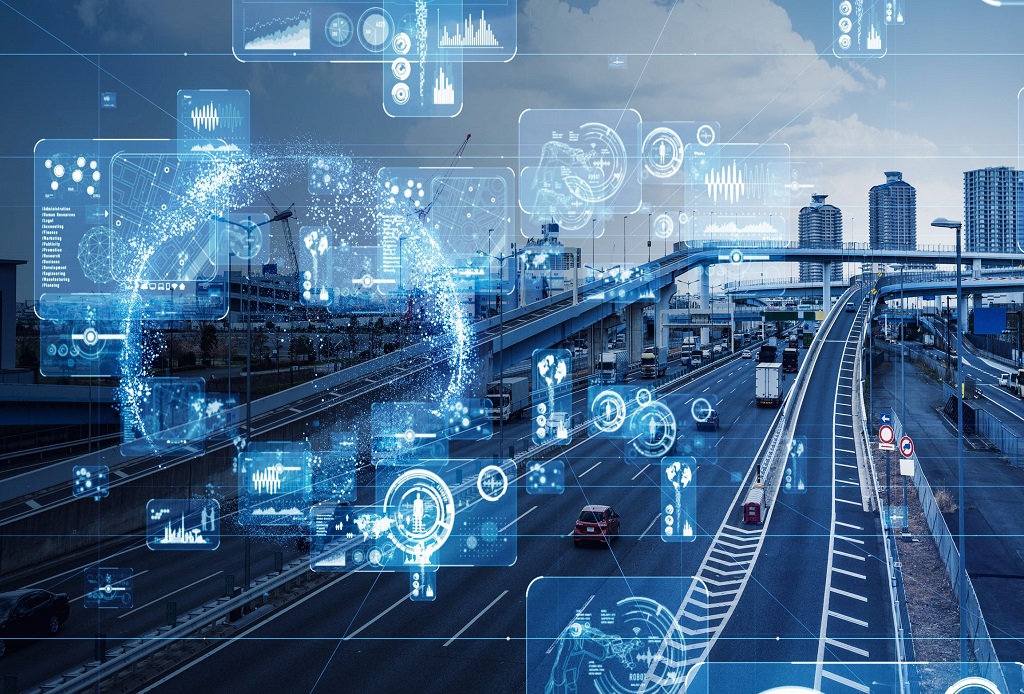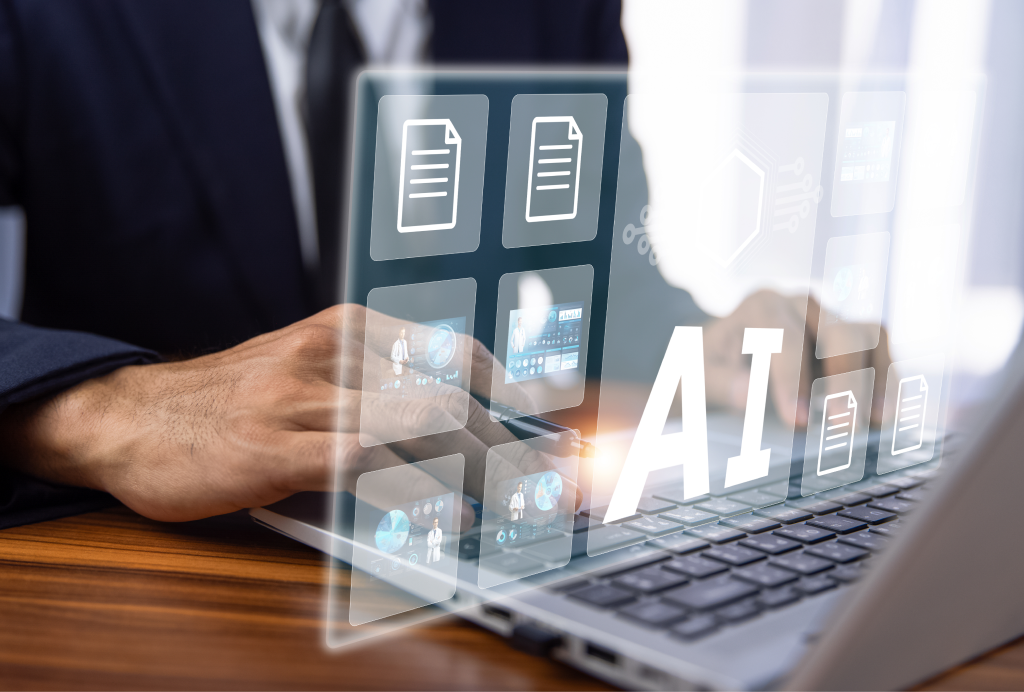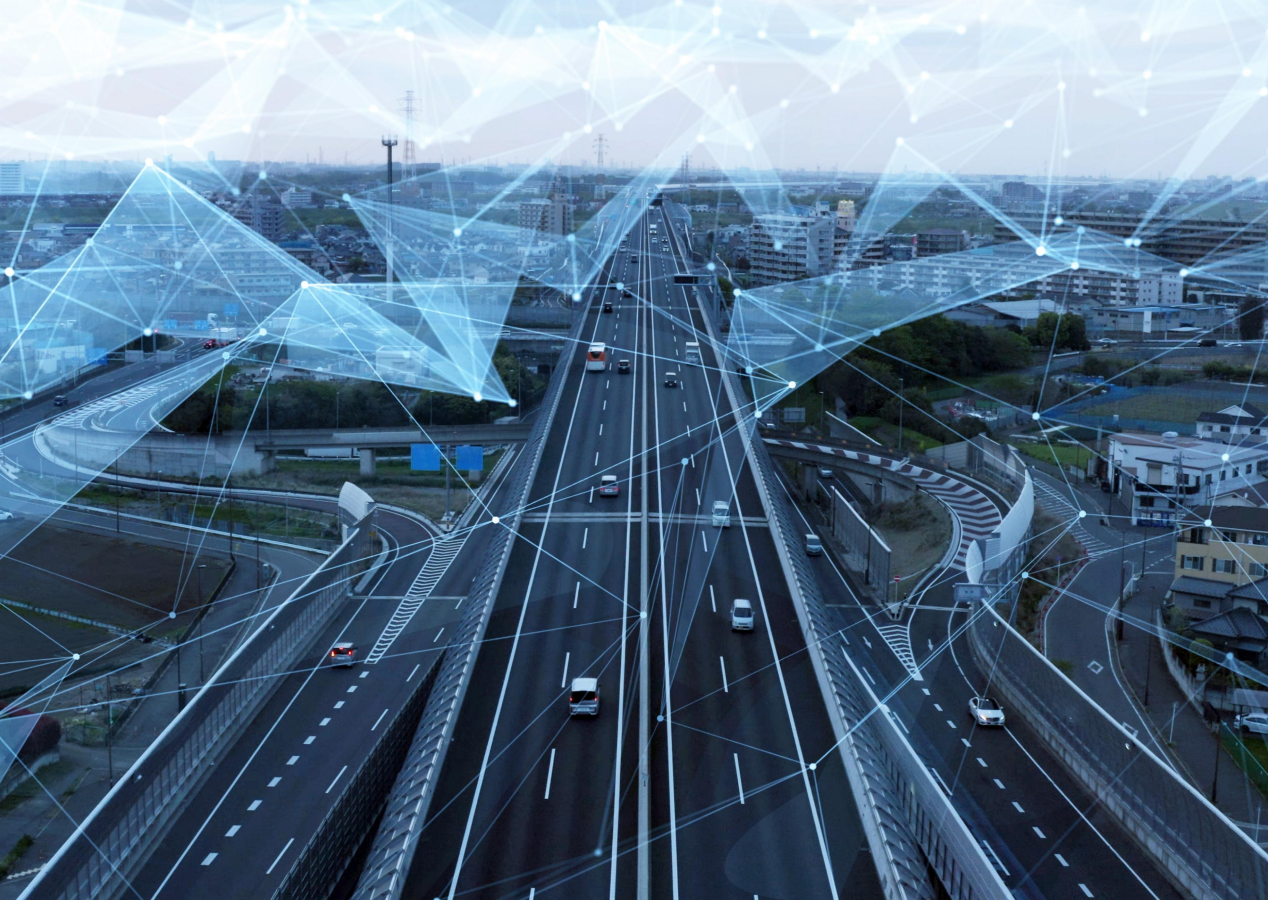Introduction
Artificial Intelligence is changing many spheres of life, and road safety and traffic management are not an exception. Growing traffic congestion, rising numbers of vehicles, and rising concerns over road safety have compelled governments and municipalities to seek smarter solutions. AI has different tools that can innovate in improving the traffic flow, reducing accidents, and enhancing overall road safety. Herein, we look at how AI contributes to making roads safer and efficient for better travel for both drivers and pedestrians.
AI-Powered Traffic Management
1. Intelligent Traffic Lights
Conventional traffic lights change at fixed intervals without regard to actual on-the-ground traffic. The results can include inefficient flow, especially during rush hour. AI-powered smart traffic lights will use sensors, cameras, and connected vehicles to optimize real-time signal timing and traffic. By leveraging an analysis of current traffic conditions, these intelligent systems reduce congestion, grant priority to emergency vehicles, and smooth overall flow.
2.Predictive Traffic Models
AI uses historical and real-time data on traffic flow to predict traffic conditions at any given future time. Taking into consideration periodic congestion times, weather, and construction, AI can estimate the volume of traffic and suggest diversion routes. Predictive models of traffic flow help drivers avoid congestion, thus reducing tension while making driving smoother and safer. This goes a long way in helping municipalities study roadwork and other interventions more effectively for minimum disruption.
AI and Road Safety
1. Accident Detection and Prevention
Of important impacts AI has made in ensuring safety on the roads, accident detection and prevention is surely one of them. The AI algorithms, working in tandem with data from road sensors and cameras, are able to detect unusual behavior such as high-speed driving, sudden lane changes, or erratic driving. Such systems can warn drivers in real time to rectify their driving or even alert the authorities of impending dangers. Other than this, vehicle systems that use AI-like automatic emergency braking can prevent the occurrence of any collision by stopping the vehicle completely before a crash happens.
2. AI in Autonomous Vehicles
Self-driving cars are one of the most iconic examples of how AI is changing the world of road safety. A self-driving car makes use of a host of artificial intelligence, sensors, cameras, and radar systems to keep track of navigation on roads and obstacles while making split-second decisions. These vehicles are programmed to follow road rules, respect distances, and ensure faster reaction time in light of unexpected events than humans, which drastically reduces the potential for human errors, currently the biggest causal factor in accidents. With time, fully autonomous vehicles would bring accident rates on the road to a minimum.
AI and Driver Behavior Analysis
1. Driver’s Habits Monitor and Improvement
AI-powered in-vehicle systems can track the driver’s behavior by monitoring data on steering patterns, braking habits, and speed. The resulting data will offer insights into how drivers may become safer on the road. For instance, fleet managers may use such information to identify high-risk drivers and put them through training programs to reduce potential accidents. AI can also give instant feedback to drivers in order to correct unsafe driving behaviors, such as driving while sleepy or distracted.
2. Improving Pedestrian Safety
AI also plays a crucial role in securing pedestrians. Cameras and sensors at crossways powered by AI can perceive people and extend the traffic lights, allowing them to cross the road with good time. These systems may also warn drivers about the presence of pedestrians, which helps minimize the possibility of accidents. Since AI is capable of monitoring pedestrian movement on roads in real time and working out analyses based on that information, both drivers and pedestrians will be safer on the roads.
Conclusion
AI technology plays a very important role in the betterment of safety on roads and, at the same time, manages traffic intelligently by making the roads smarter. By enabling intelligent traffic lights, preventing accidents, and including autonomous vehicles, AI technology lessens congestion, minimizes accidents, and enhances driving behaviors. In regard to ongoing development, AI’s role will continue to increase in creating safer and more efficient roads that benefit drivers, pedestrians, and whole cities.

